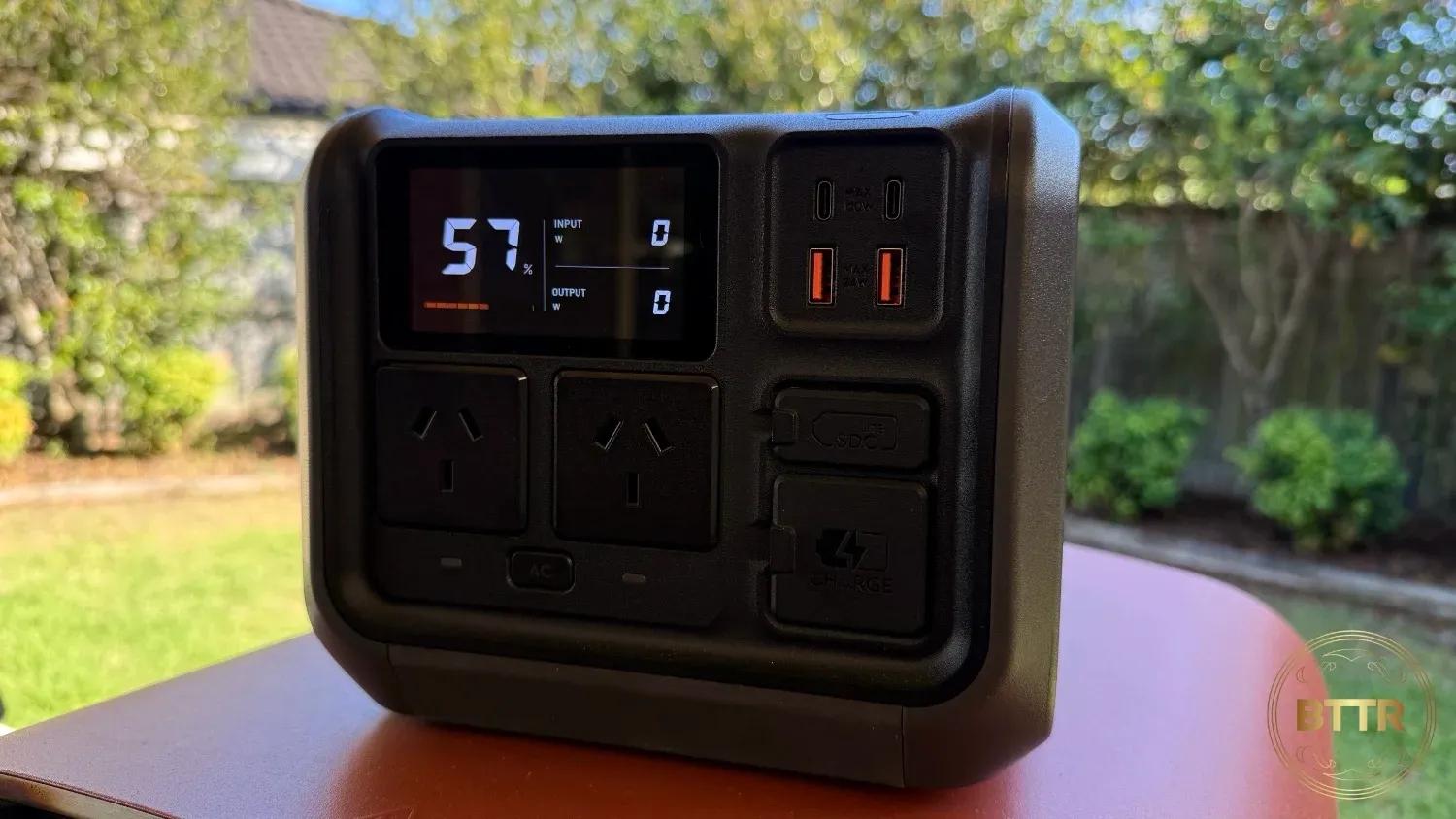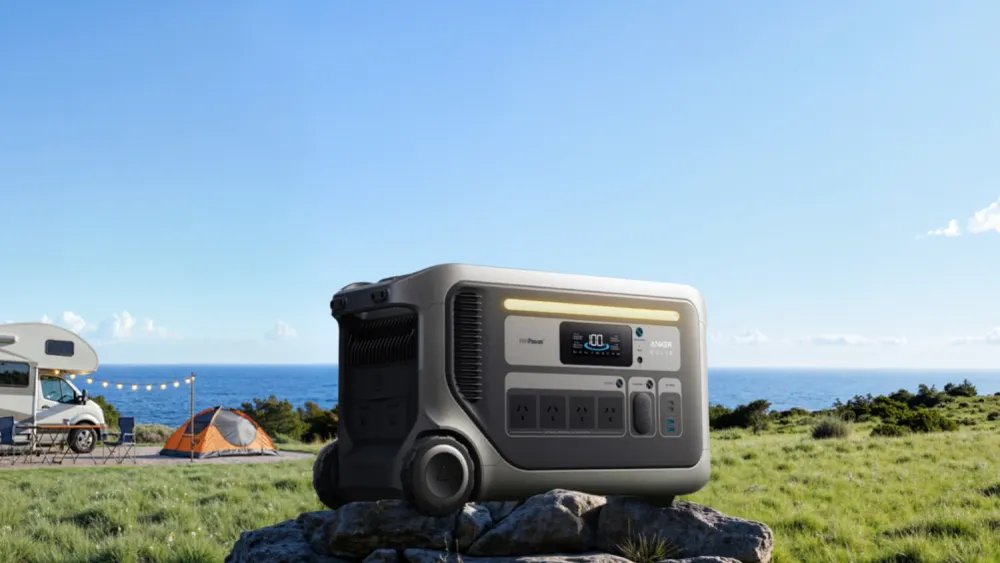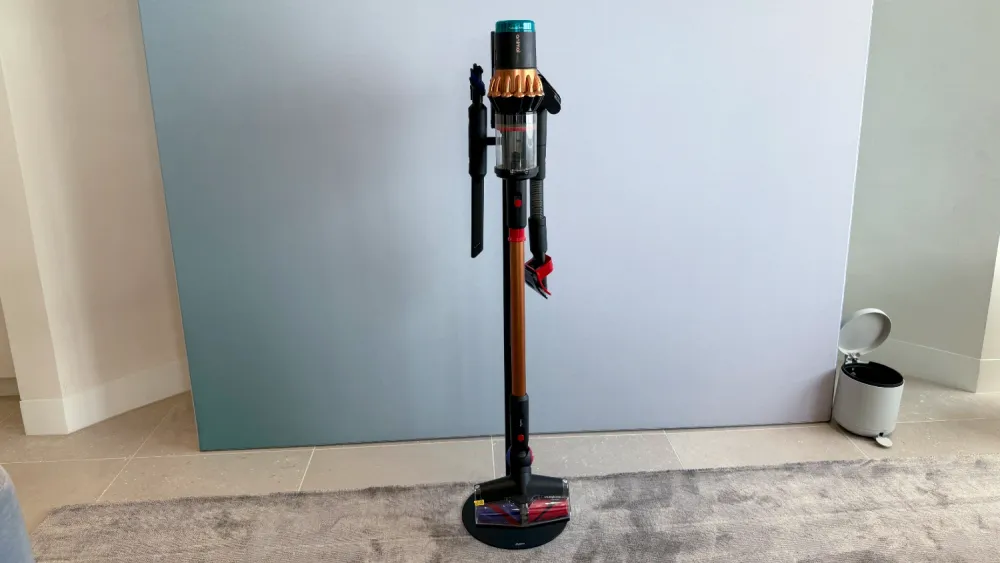BTTR is independent, but we may earn money when you purchase through links on our site.
Pros
- Easy to use
- Plenty of ports and power
- Variety of charging options
Cons
- Needs adapters for certain chargers
- No app functionality
- Not enough output for some outdoor appliances
🛒 Where to buy DJI
Available from these trusted retailers:












BTTR is independent, but we may earn money when you purchase through links on our site. This helps us cover costs and continue providing honest reviews. Find out why you should trust us.
No matter which drone you end up buying, you can never have enough battery life.
When I was reviewing the DJI Neo, I could get about 15 minutes flight time from a battery. With the Fly More kit, I had three batteries, which meant that if I went out with the drone fully charged, I would only be able to fly for about an hour.
Bigger drones have bigger batteries that last longer, but the challenge remains. Once your batteries are done, how two you keep flying, particularly when you’re remote, away from a powerpoint?
DJI’s answer is the Power 500 portable power station. This compact unit packs in 512 Wh of power, gives you more than enough juice to recharge your full battery collection a few times over, so you can be flying again in no time.
But it’s more than just a drone battery. With a full face of connections, the Power 500 is an attractive companion for any content creator or camping enthusiast.
What is the DJI Power 500 offering?
The DJI Power 500 is a 512 Wh portable battery. It can output at a stable 1000W, which is enough to power many home appliances, though not everything – I tried to use the Power 500 to power the Ninja Woodfire Grill, and it needed more than 1,000W to run.
You get a solid range of connections on the front of the Power 500. Two AC plugs sit below the LCD, with a dedicated button to turn them on.
The top right of the front panel houses two USB-A and two USB-C ports. The two USB-C ports support 100W fast charging, meaning you can quickly charge up a pair of phones, and you can also use the USB-C ports to charge the Power 500 itself.
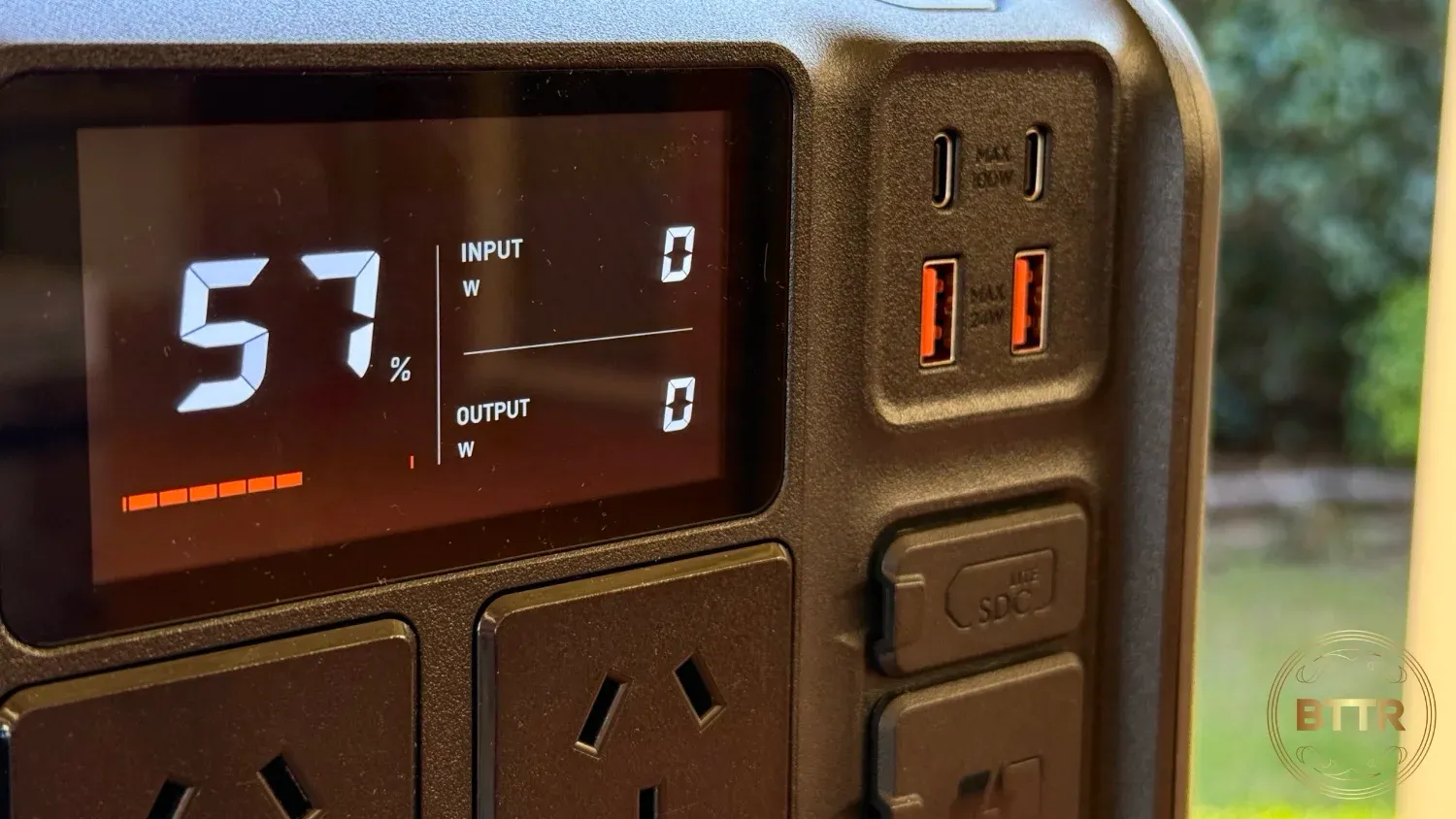
Below the USB ports is an SDC Lite port under a cover, which can be used for a few different purposes with the right cable and attachment. You can use it to fast charge your DJI drone (if you have the right cable), or you can use it (with an adapter) to charge the power station via solar panels.
Below the SDC Lite port is the covered AC input port you use to charge the station from your mains electricity.
The whole package is relatively compact, measuring 305 × 207 × 177 mm, and weighs about 7.3 kg. It’s not really light, exactly, but it’s manageable for one person to carry, thanks to the handle built into its design. It’s also quiet, running as low as 25 dB.
Of course, there’s more to it than just some top-line specs. The Power 500 uses Lithium Iron Phosphate batteries, which offer a long cycle life and a high level of safety.
There’s an intelligent Battery Management System (BMS) on board to ensure that it doesn’t overload; 11 temperature sensors to monitor heat dissipation even in hot environments, and power outage protection.
The Power 500 can be used as a UPS, so you can plug it into the wall and something you need connected, like your modem, and if the mains power goes out, it will switch to the battery backup in 0.02 seconds.
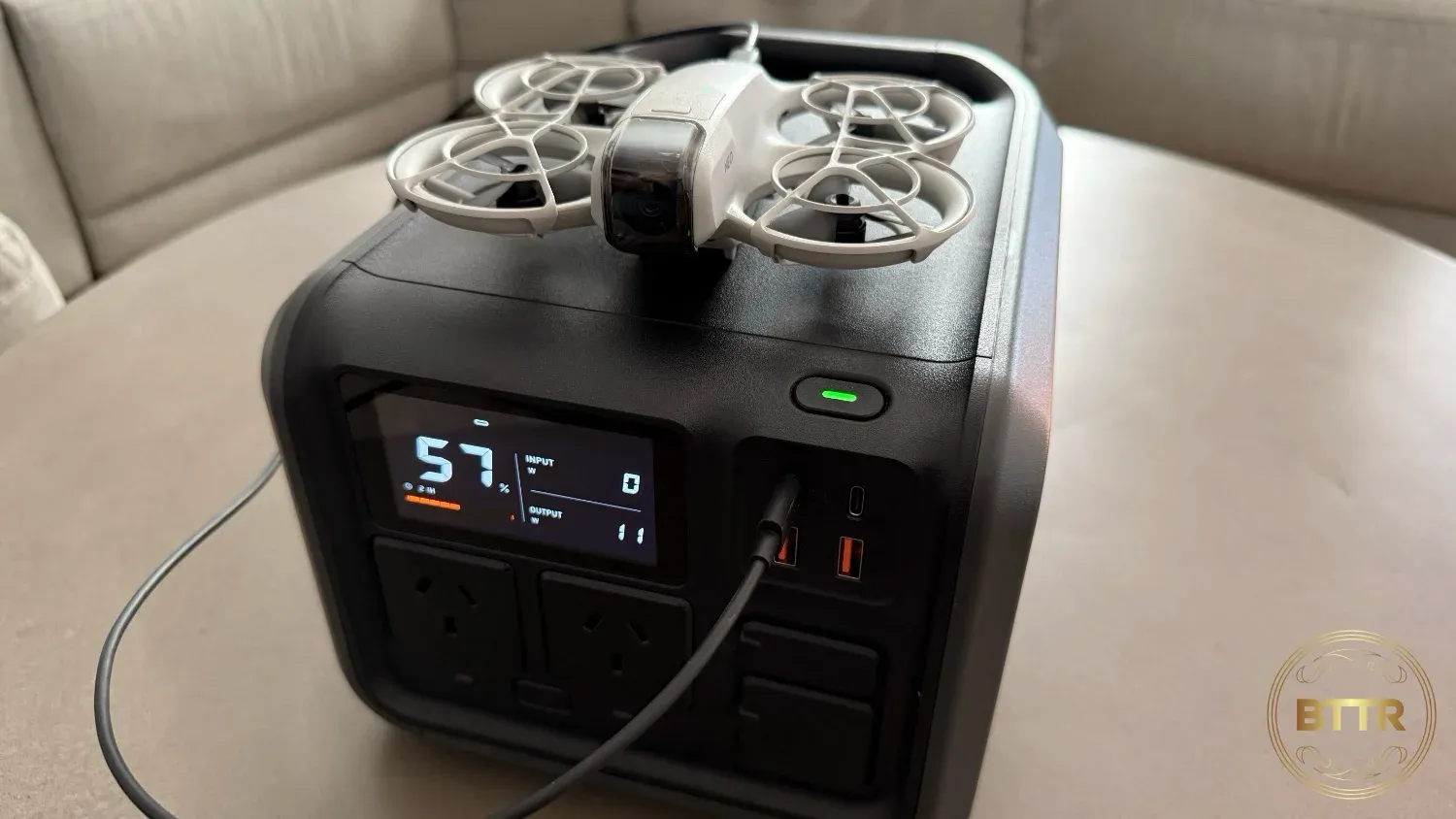
What does the DJI Power 500 do well?
At its core, the Power 500 is just a big battery that you use to power or charge other gadgets, so it would be pretty hard to go wrong, right?
The Power 500 is pretty quick to charge from mains power. DJI claims 70 minutes to go from flat to full in lab conditions, but it felt faster than that to me (though regretfully I didn’t actually time it).
I’m also particularly fond of the variety of charging ports for both exporting and importing power to the Power 500. Need juice but only have a USB cable? Plug it in and it’ll charge. Plug in two USB-C cables, and it’ll charge faster (though nowhere near as fast as through a traditional AC connection).
The 1,000W output is enough juice for most things I plugged in, though not the electric grill as mentioned above.
If you were to take it camping, for example, it will easily keep your phones and torches charged, while providing enough power for a plug-in lamp, or even a portable projector.
Conversely, for content creators it is ideal for charging drones (though you probably want to invest in the additional fast-charge cables), and cameras.
The fact the USB C ports are faster 100W ports is nice. Over time, I think the two USB-A ports might become obsolete though.
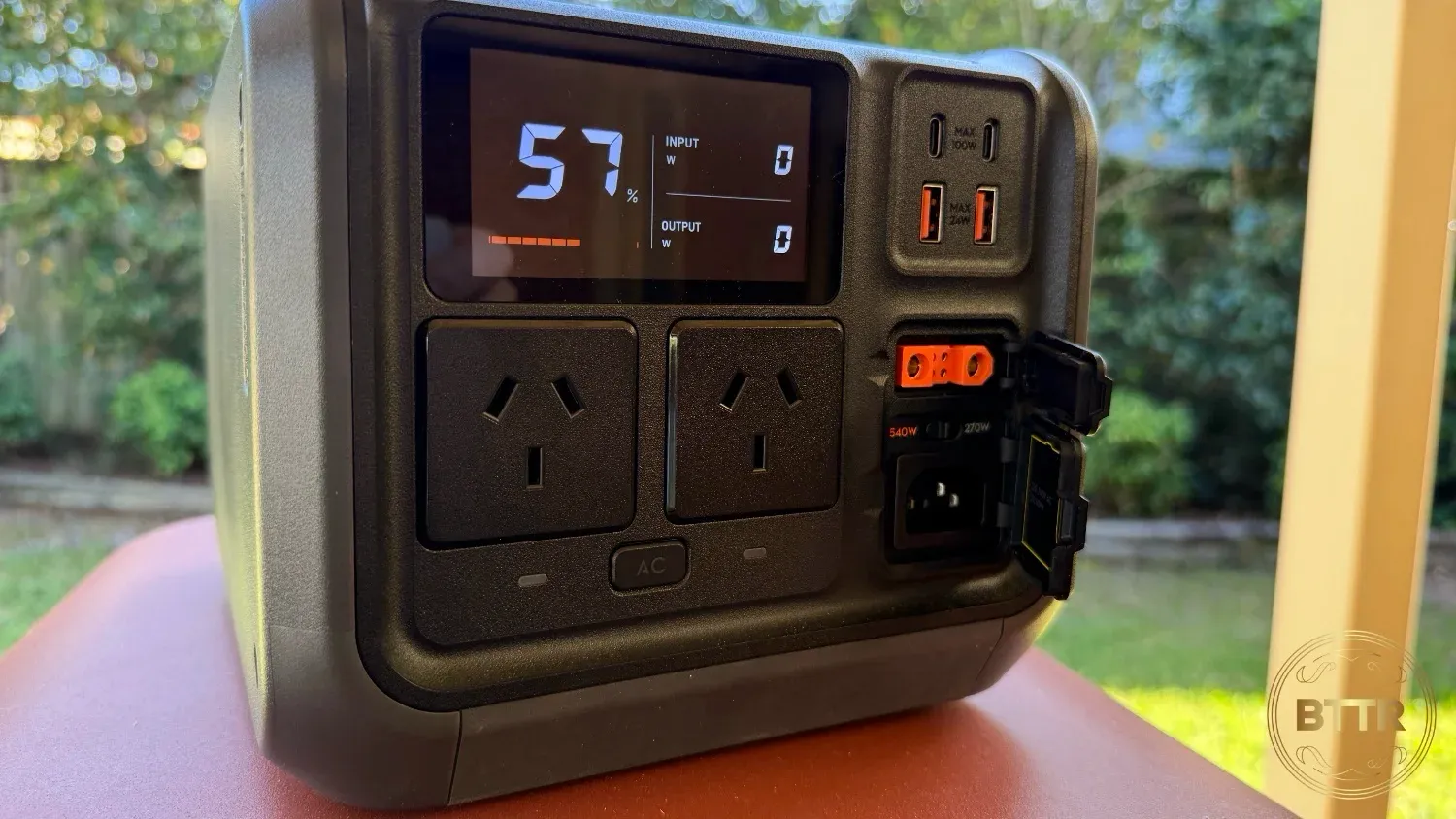
What could the DJI Power 500 improve?
My biggest issue with the Power 500 from DJI is the need for additional attachments. That includes the fast-charge cables for drones, but also extends to a DC charger to keep the Power 500 juiced up from your car’s cigarette lighter port.
If you want to charge via solar panels, you’ll need to spend big on DJI’s adapter as well.
There’s also no app for getting easy notifications on charge levels or battery health, which would be a nice little value-add. But the display is clear and easy to read, even in full sun, so it’s not really something I found I missed while testing it out.
Verdict
There are plenty of portable power stations out there, but if you’re looking for a way to charge your DJI drones on the go, then this is one of the best options available.
It’s simple to use, ruggedly built, and offers a great balance between power, size, and portability.
At $729 RRP, this isn’t one of the cheapest portable power stations around. But it does everything asked of it, and is simple enough for anybody to use.
For drone owners, it’s a fantastic accessory and well worth the investment.
Buy the DJI Power 500 online
🛒 Where to buy DJI
Available from these trusted retailers:












BTTR is independent, but we may earn money when you purchase through links on our site. This helps us cover costs and continue providing honest reviews. Find out why you should trust us.

